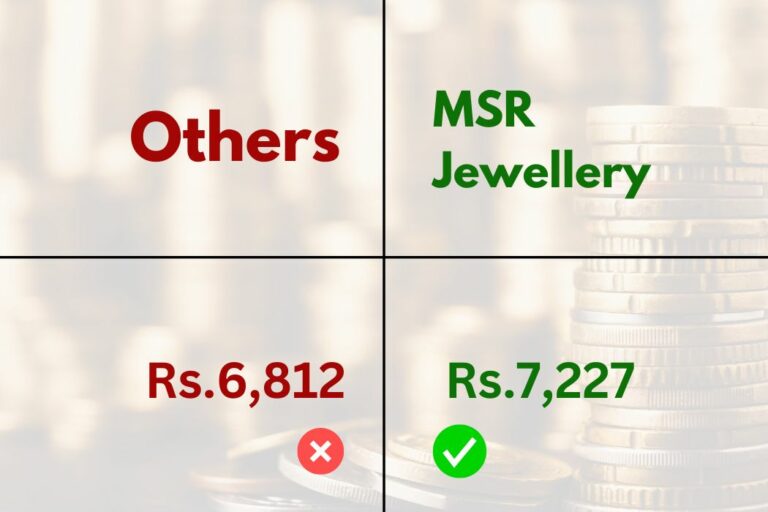The discovery of gold dates back centuries, with some of the earliest known records of its use dating back to 3500 B.C. Gold was first discovered in Egypt and Mesopotamia, and later by the Greeks and Romans in Europe. The Spanish conquistadors are credited with bringing large amounts of gold from the New World during their exploration of the Americas. Today, gold is found in many places around the world and is used for a variety of purposes, ranging from jewelry to investment opportunities. Gold remains one of the most sought-after precious metals due to its rarity and value, making it a valuable commodity that continues to be sought after by investors and consumers alike.
It is believed that the earliest known gold artifacts were discovered in what is now known as Bulgaria, dating back to 4500 B.C., with other early evidence of its use being found throughout Europe, Africa and even Asia. Gold was initially used for decorative purposes, but its value and utility quickly evolved over time. As a result, gold has been used as a form of currency since ancient times, with many civilizations revering it for its perceived value and worth.
Today, gold is still actively traded and sought after in global markets. It is often used to hedge against inflation and economic uncertainty due to its stable nature, making it an attractive asset for investors. Additionally, gold is widely used in the production of jewelry and other luxury items, leading to its continued popularity throughout the ages.
As a result, it’s clear that gold has been an important part of human history for centuries. Its rarity, utility and value make it one of the most sought-after commodities around the world and will continue to do so for many years to come.
…..
Despite the long history of gold, its use has significantly changed over time. Gold mining and production methods have become more advanced over the centuries, making it easier and more efficient to extract gold from the earth. Additionally, new financial instruments have emerged that allow investors to buy and sell gold more conveniently, such as ETFs and futures contracts. These advancements in gold trading have made it easier for investors to access this valuable asset and add it to their portfolios.
Furthermore, the development of digital gold has revolutionized the way we invest in and store gold. Digital gold allows investors to buy, sell, and store physical gold without having to hold it in a vault. This has made gold even more accessible to investors and has opened up new ways for them to add this asset class to their portfolios.
Overall, the discovery of gold has had a profound impact on human civilization and is still an important part of our economy today. Its value, utility, and rarity have enabled it to remain a valuable asset class and as technology continues to evolve, gold will likely remain an attractive option for investors.
The history of gold is a fascinating one and its legacy will undoubtedly remain strong in the future. As new methods of production, transportation, and investment emerge, gold’s utility and value are likely to remain strong. No doubt, gold will continue to be a sought-after asset class for many years to come.
The evidence of its use in the past proves that gold is one of the most important commodities in human history and still remains an integral part of our current economy today. From jewelry to investments, gold has proven to be a lasting and valuable asset, making it a key part of modern society. The discovery of gold has had a significant impact on the world and its importance is only expected to increase in the future.



